I arrived at Zaragoza Delicias Train station near 14:00, my reasoning to go to Zaragoza was because the trip from Madrid to Tarragona/Tarraco was something like 6 hours so thought a stop in-between would be a good idea, Zaragoza seemed like as good a choice as any.
Well, getting out of the station I instantly questioned my choice! It felt like the place was deserted, made worse by the fact that the station is a huge station, if you’ve been to London it’s bigger than Waterloo or King’s Cross, quite new, modern and of a creamy coloured concrete everywhere so although light and spacious it is dominated by an abundance of cream. Outside had a feeling abandonment; large open paved spaces for the public around the station (at least the same size as the station) with big taxi waiting points and wide roads to service the station…..only thing is there were no people and by the looks of it there hadn’t been many people there for a long time. It was as if they built this part of the city for a special event where they were expecting masses of people but they never came. The walk to the hotel was very similar to that of around the station but as I got closer to the heart of the city things changed, to my relief!
Cathedral-Basilica of Our Lady of the Pillar
Zaragoza centres around the old historical heart of the city with the Cathedral-Basilica as its focal point and pretty much everywhere is within a short walking radius from there. My hotel was just off one of the main pedestrian thoroughfares running perpendicular from the Cathedral. The Cathedral-Basilica of Our Lady of the Pillar cannot be missed both as a tourist or purely just due to its mammoth size and dominance of position as the city’s main attraction. Its austere stature modestly decorated juxtaposed with bright green, white, blue and yellow roof tiles on most of the turret domes gives it an interesting exterior. The interior, is a different world, before I carry on about the interior a little caveat must be included; you cannot take pictures of any sort inside, this really irritates me when they do this, especially when you pay to get in (it’s free go get in this Cathedral). I can understand not being allowed to use your flash but and especially in this case where it’s the main attraction, not being allowed to take photos irritates me – so my photos were taken incognito therefore they are not the best. I suppose what irritated me more was the quite easily this was the most stunning (to my taste) cathedral I had been in to date, that says a lot! Rant over.
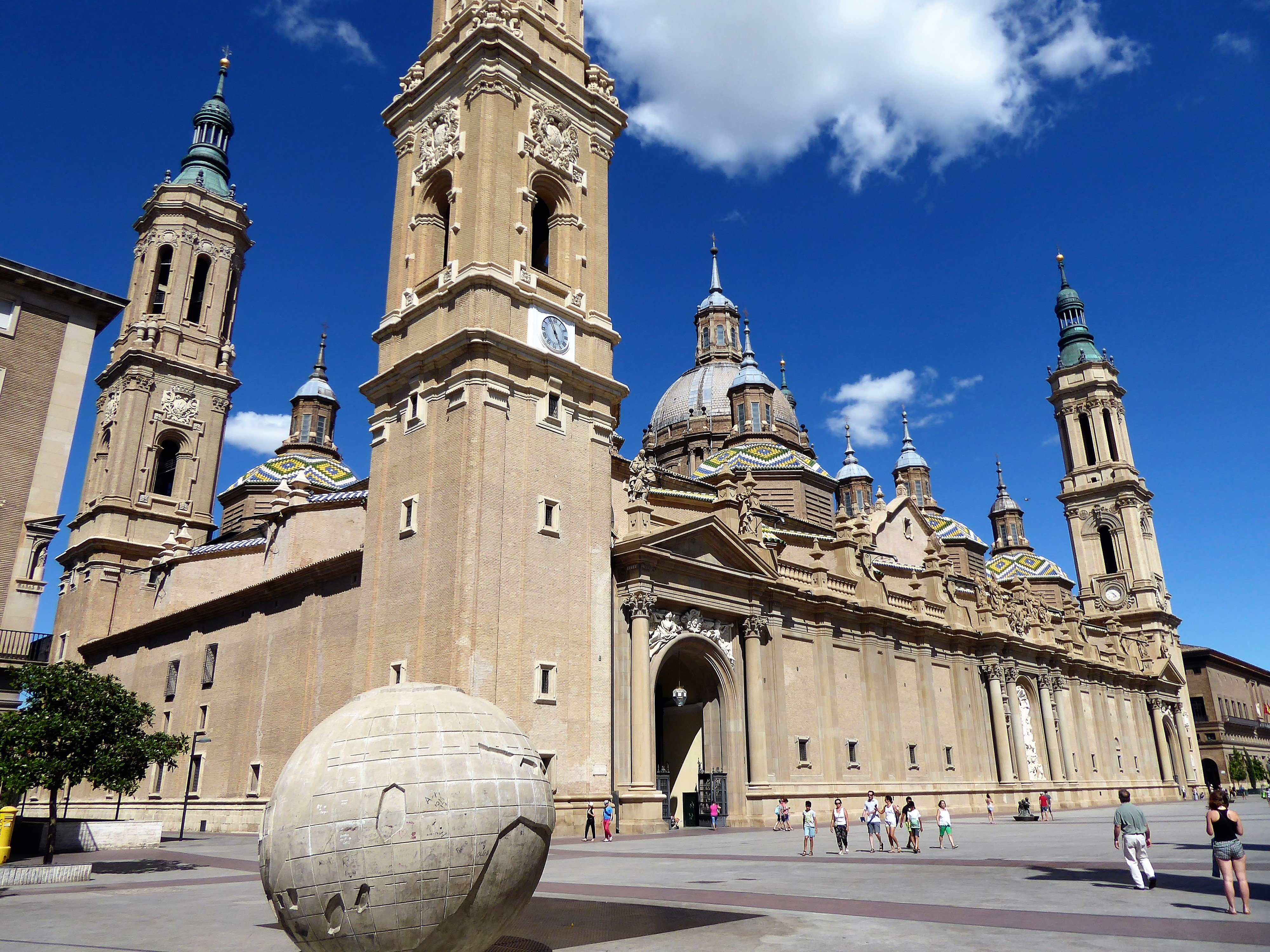
The Interior is like a beacon of light inside compared to the exterior, with light rustic bone-white, white and grey floors which buttress against wide ice-white square pillars reaching up to the white domed ceilings. The pillars fraying out at the top around the domes to form picture frames of the domes which in turn are decorated with deep rich painted works of art. Whereas most of the previous cathedrals I’d been to they were adorned by wooden facades and decorations, most of them gold leafed, here the majority of the decoration is carved stone, alabaster I think – the detail, quantity and size of the sculptures is breath-taking.
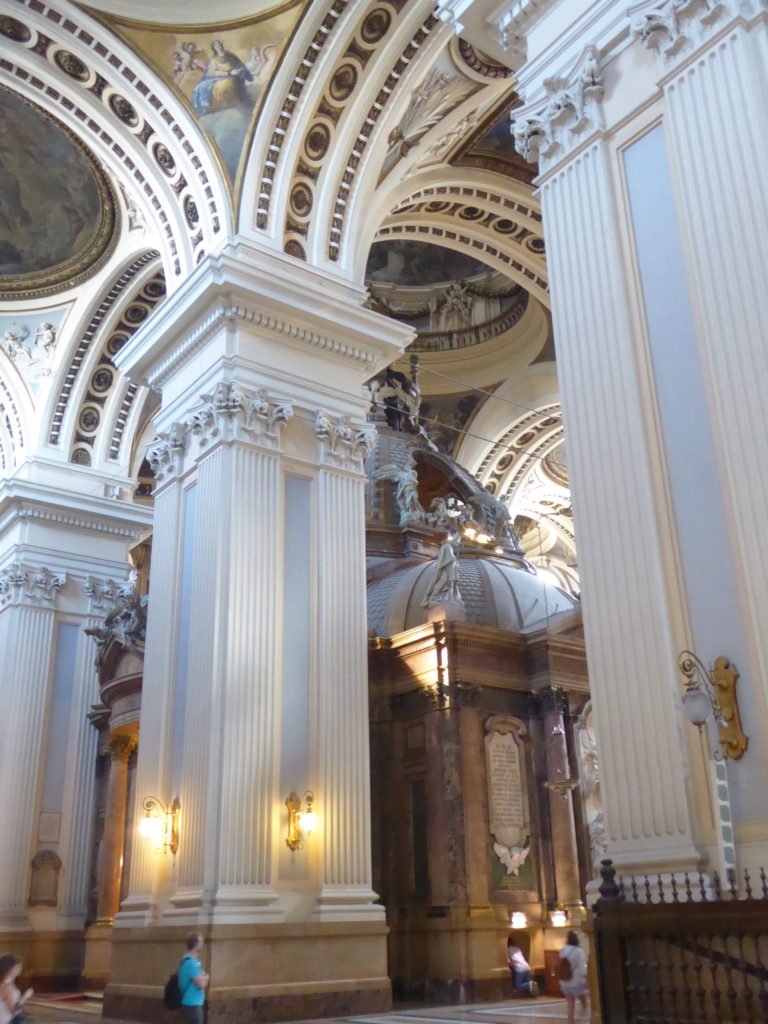
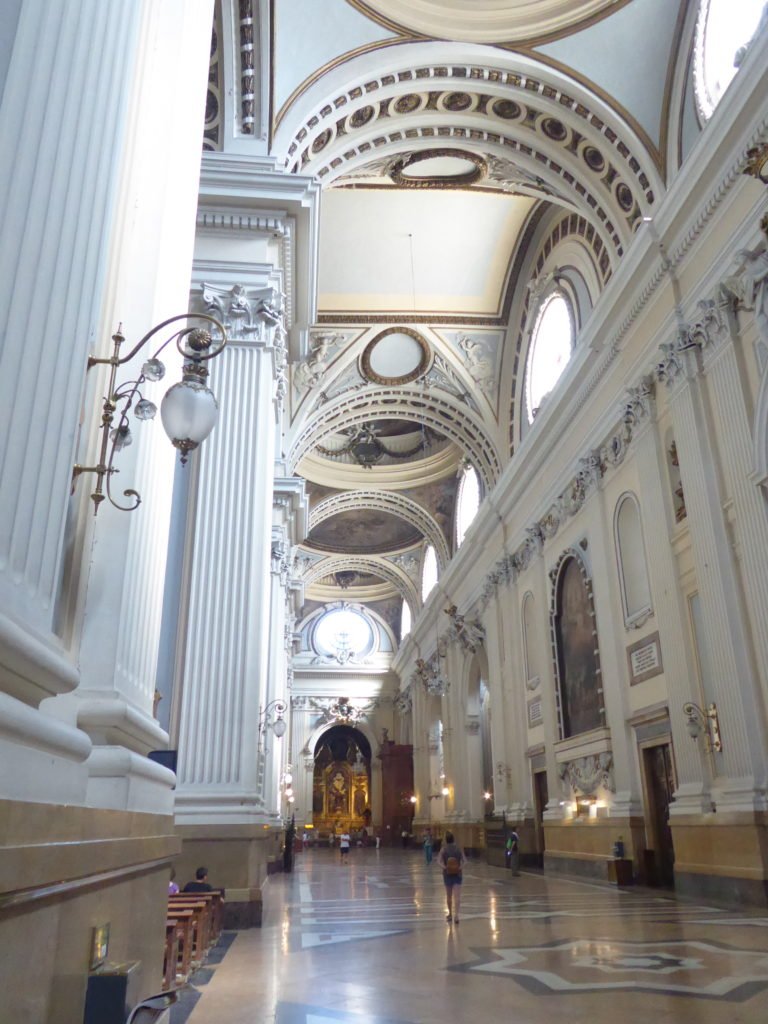
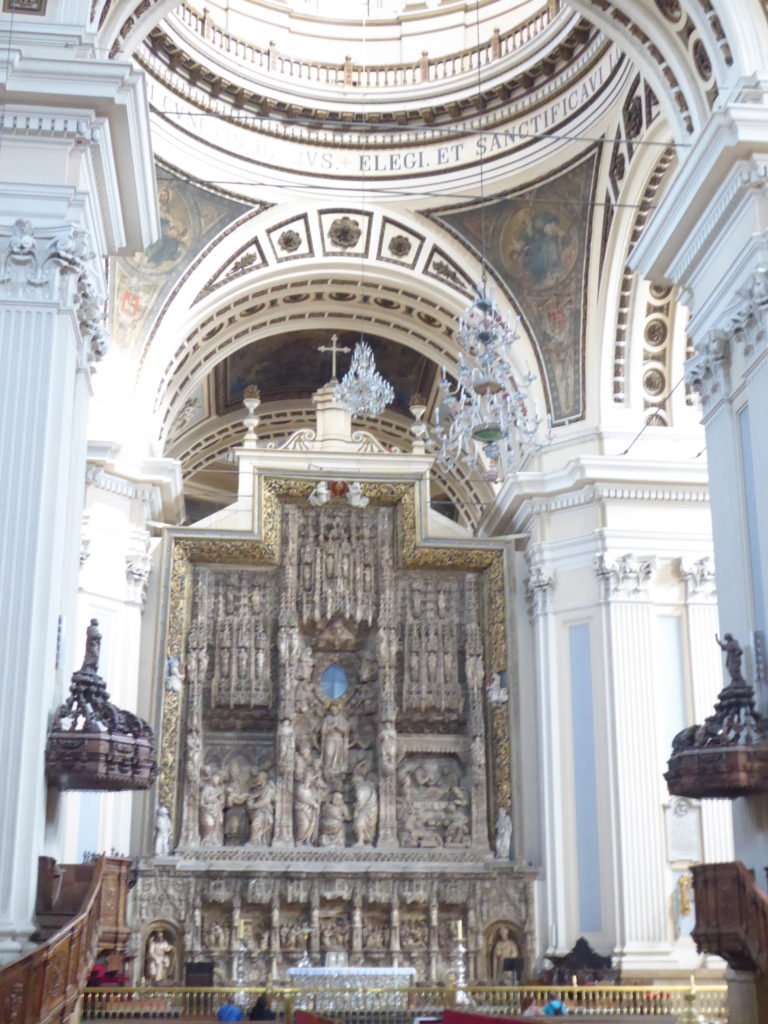
Puente de Piedra / Bridge of Lions
The bridge dates from the beginning of the 13th century and remarkable the majority of it is original except for two of the central spans. These were destroyed by a flood in the mid-17th century which had to be rebuilt and some additional work was also done in the mid-18th century including to that of the river bank too.
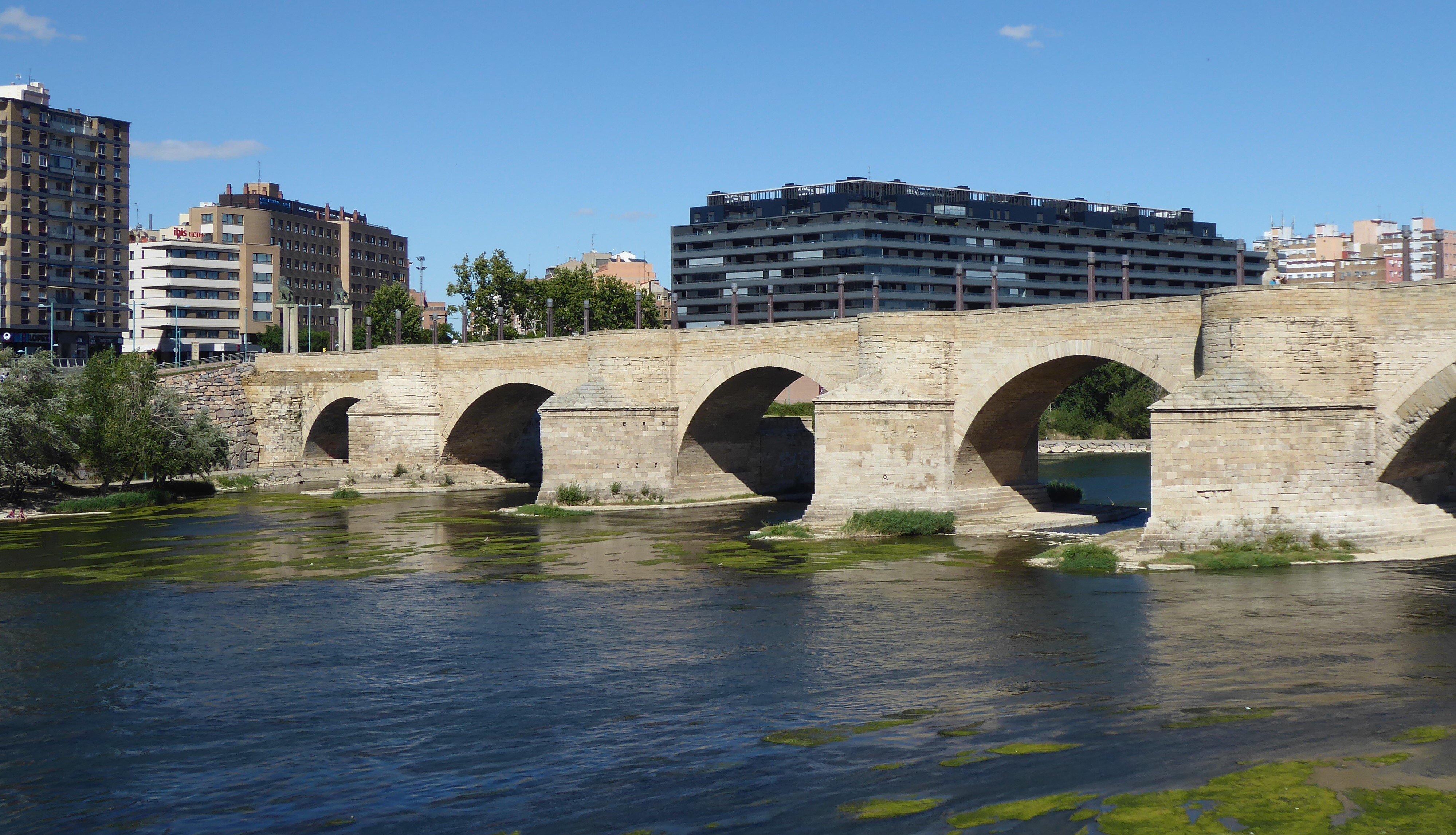
Plaza del Pilar
My first day was almost coming to an end so I wondered around Plaza del Pilar which is just in front of the cathedral and a huge open space creating openness and enhancing the grandeur of the cathedral.
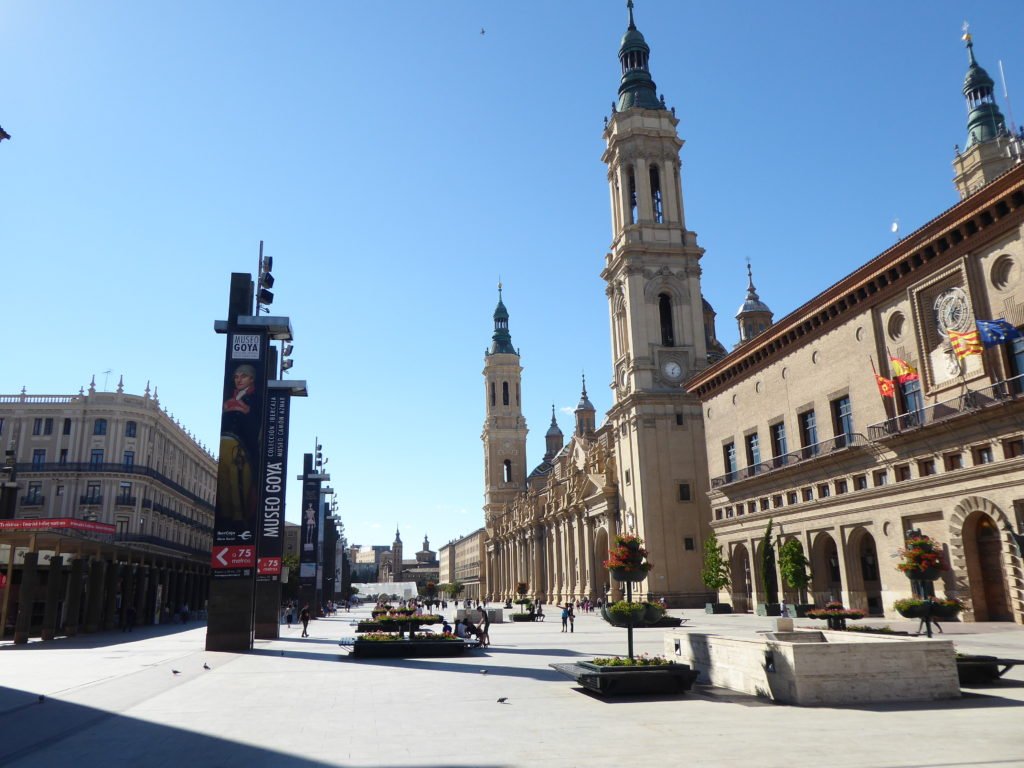
Roman Wall Caesaraugusta / Caesar Augusta
As I wondered around, just around the corner actually, there is an old Roman wall which was build at the time of Caesar Augustus. Zaragoza used to be called Caesaraugusta, it was such an important part of the Roman Western frontier that he felt it fit to name it after himself. He was the founder of the Roman Principate and considered the first Roman emperor, controlling the Roman Empire from 27 BC until his death in AD 14 (his maternal grand-uncle was Julius Caesar). Caesaraugusta aka Zaragoza was in fact the capitol of Romans military and societal hub of the Empires Western edge. My first day had come to an end, and I was very glad that I chose Zaragoza as my stopover.

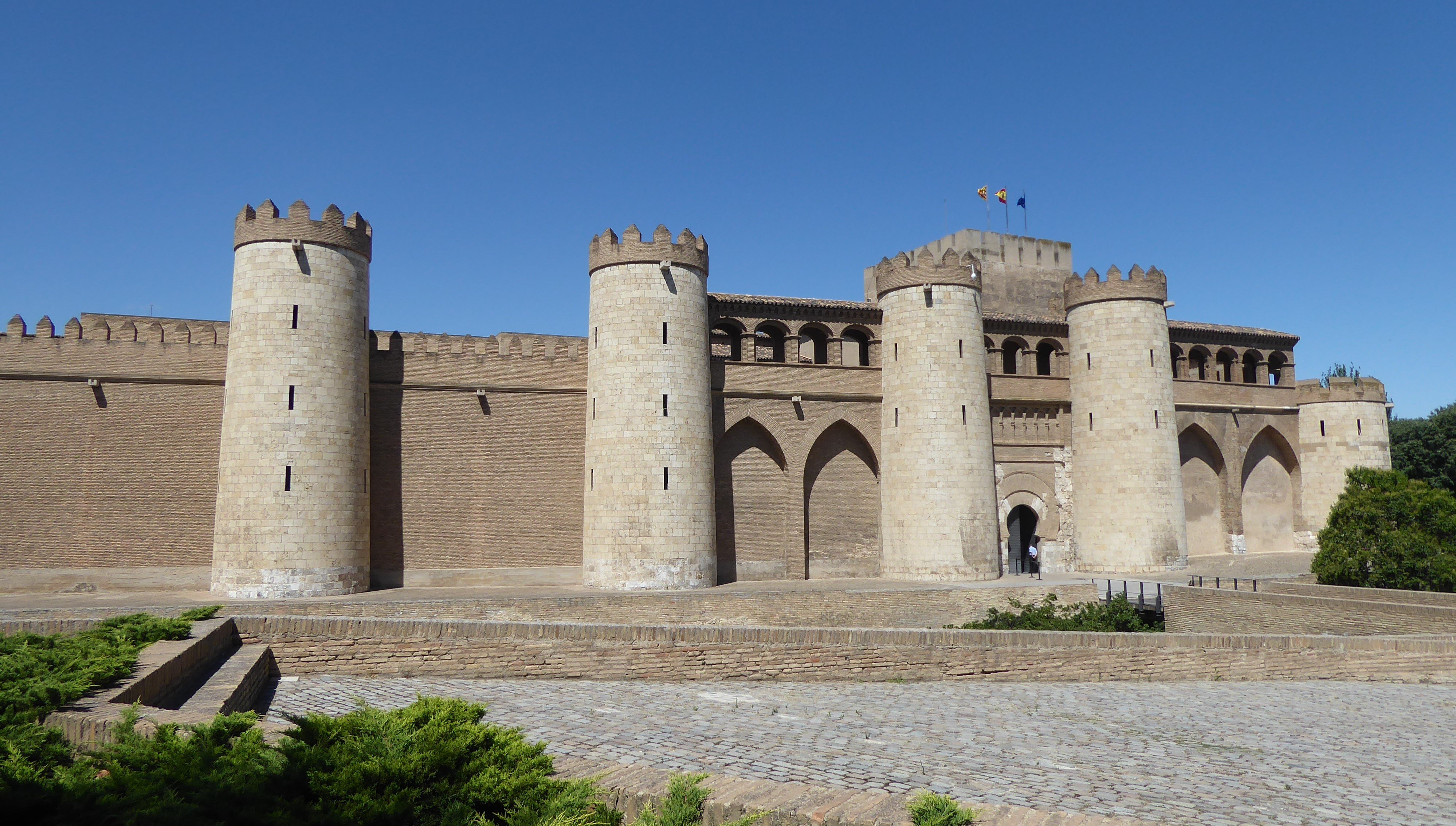
Palacio de la Aljafería / Aljafería Palace
First stop of the day was Aljaferia Palace, not to far about 1.4km from the city centre; I had walked past it the day before from the station to the hotel. The palace is a fortified medieval Islamic palace built towards the end of the 11th century, for a one thousand year old building it is in great condition (few additions have been added to it since completion but the majority is original). The interior is unmistakably Moorish/Islamic, with detailed repeating archers in bone-white stone and white plaster and wooden latticed ceilings. The ceilings were painted in intricate designs in bright colours, now fading with time but with a little imagination you can imagine how spectacular it must have been back in the day. The palace has a trove of treasures in keeping with its history, my favourites were the displays of the stone and plaster works of window frames and frescoes of the most delicate detail.
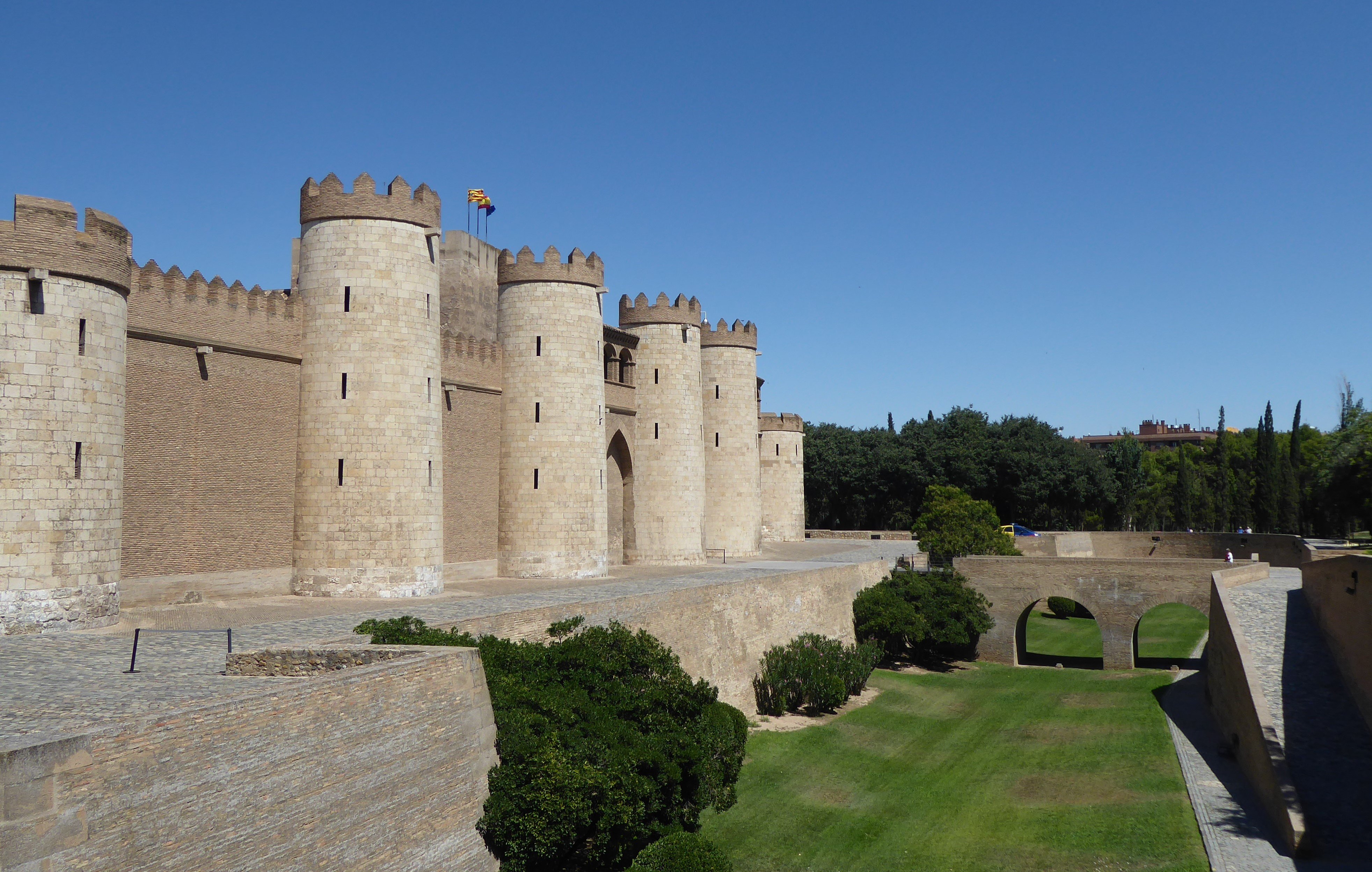
The history of the Roman occupation of Zaragoza is well document and there are obviously signs throughout the city of their presence, of these the most visited are Bridge of Lions, the theatre, the port, the forum and the public baths the last four you can get a combined ticket for I think it was €8 and to visit all four takes about 3 hours – definitely recommend getting the combined ticket.
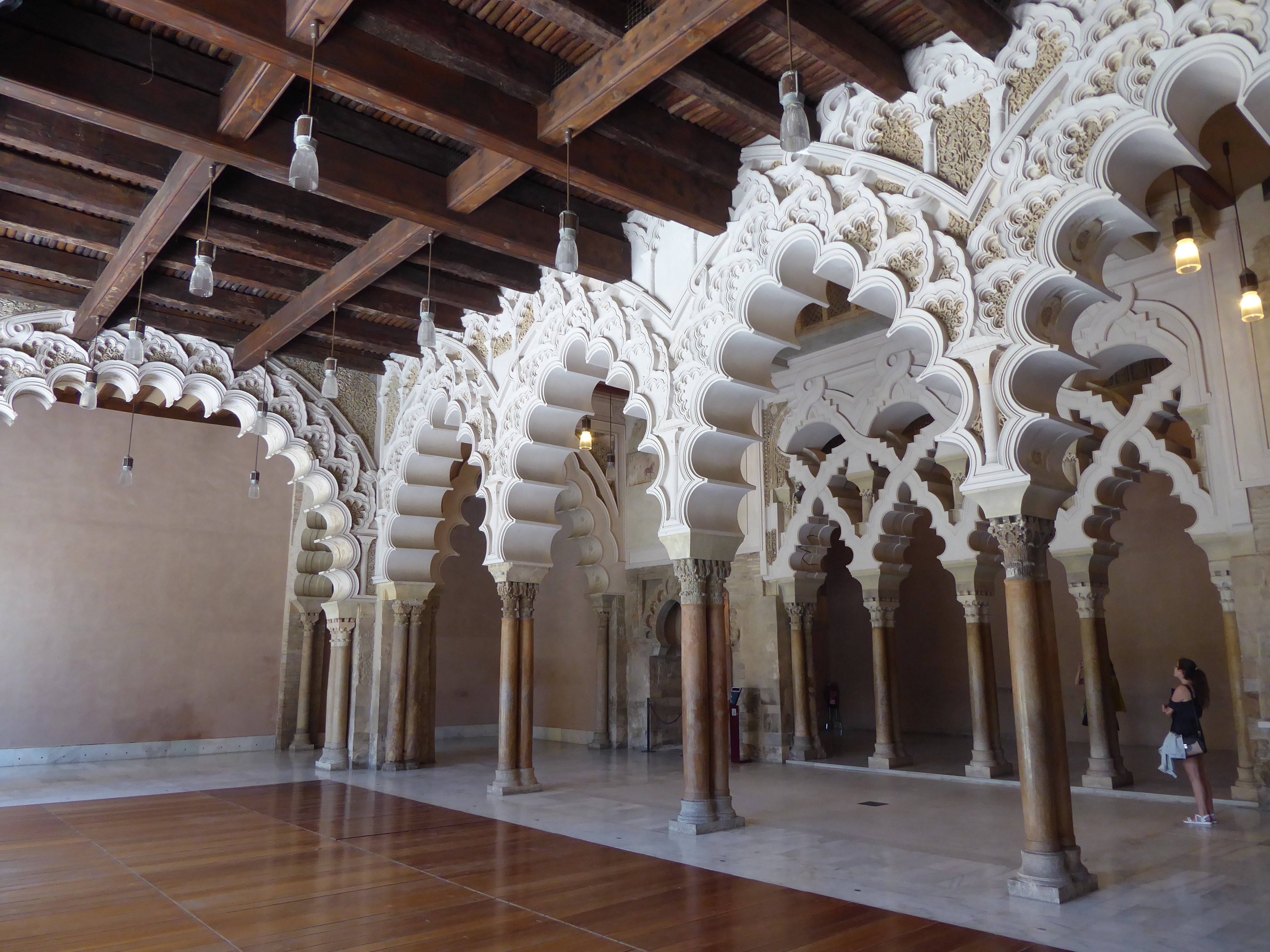
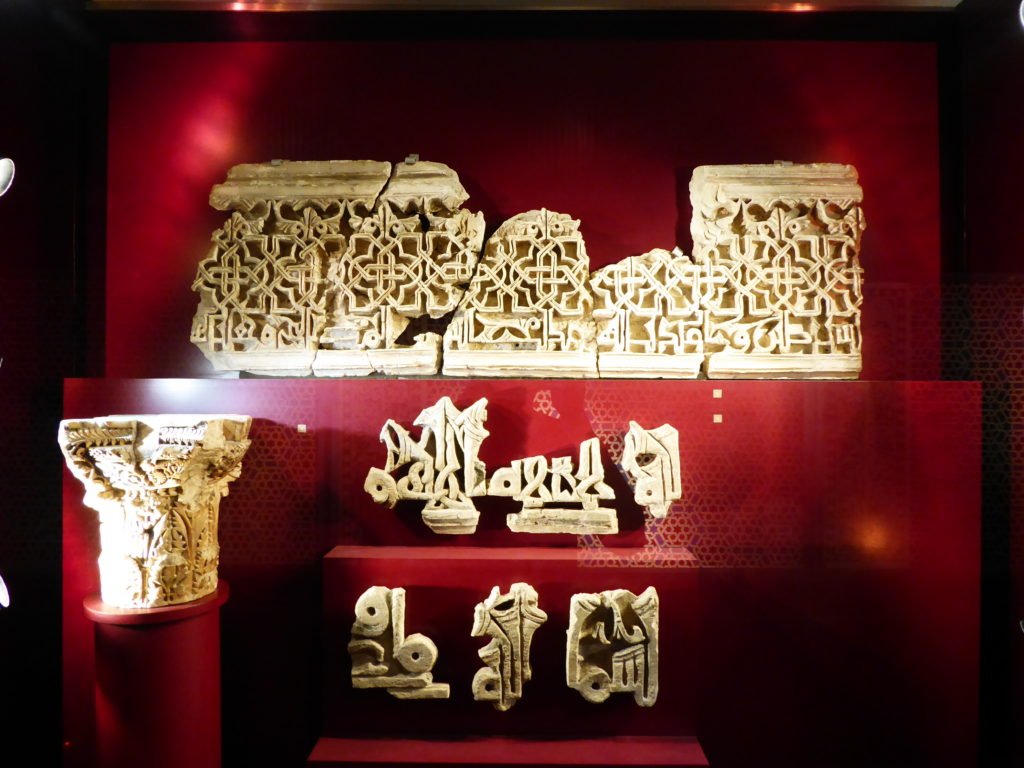
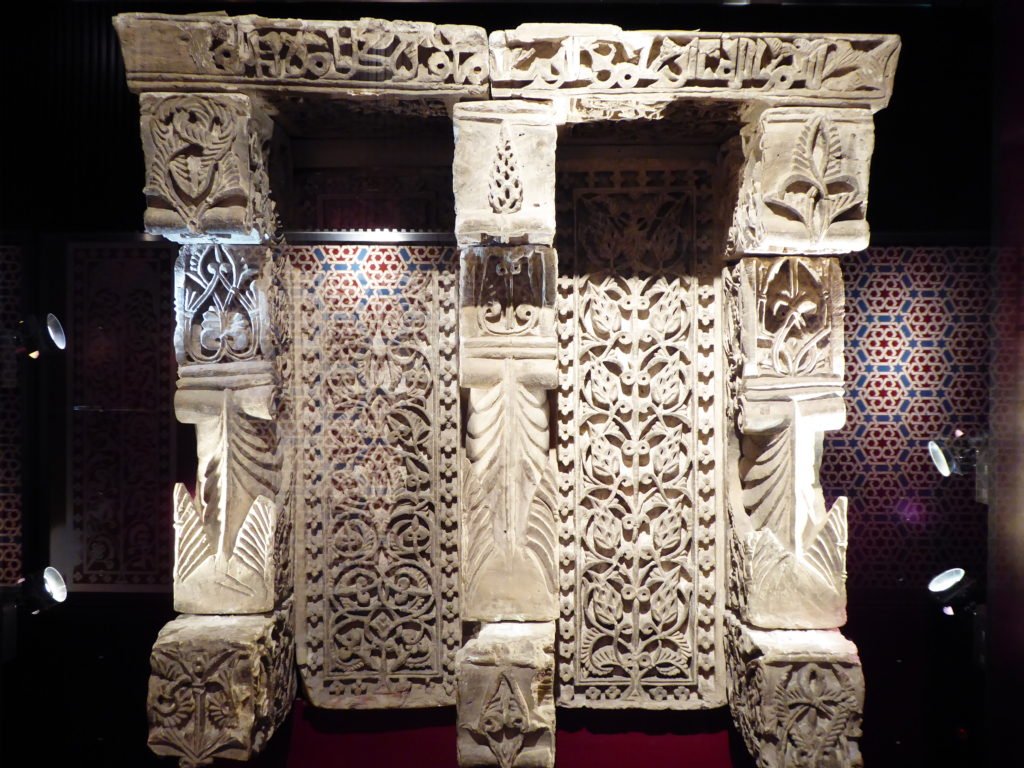
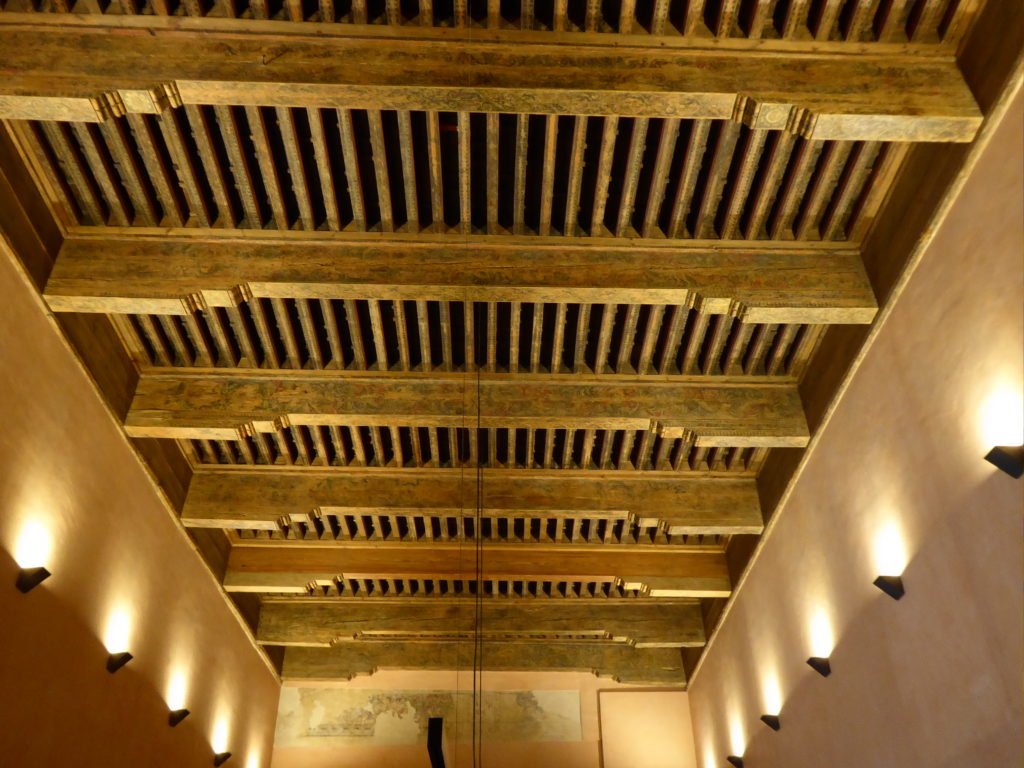
The Theatre
Build in the 1st century and with a capacity of about 6000 the remains are only a fraction of the original theatre. Only a few of the bottom rows remain of what used to have three tiers of seating, none of them with their marble seat finishing’s, but I can just imagine what a theatre with must have looked like, spectacular. The theatre had a vertical opening and closing curtain, place for the orchestra, large stage with a back façade three stories high and top to bottom with marble stucco and adorned with white marble statues. What a backdrop for a theatre! Thespians on the other hand were not seen as much and rather shunned by society, nonetheless the shows setting must have been quite fantastic.
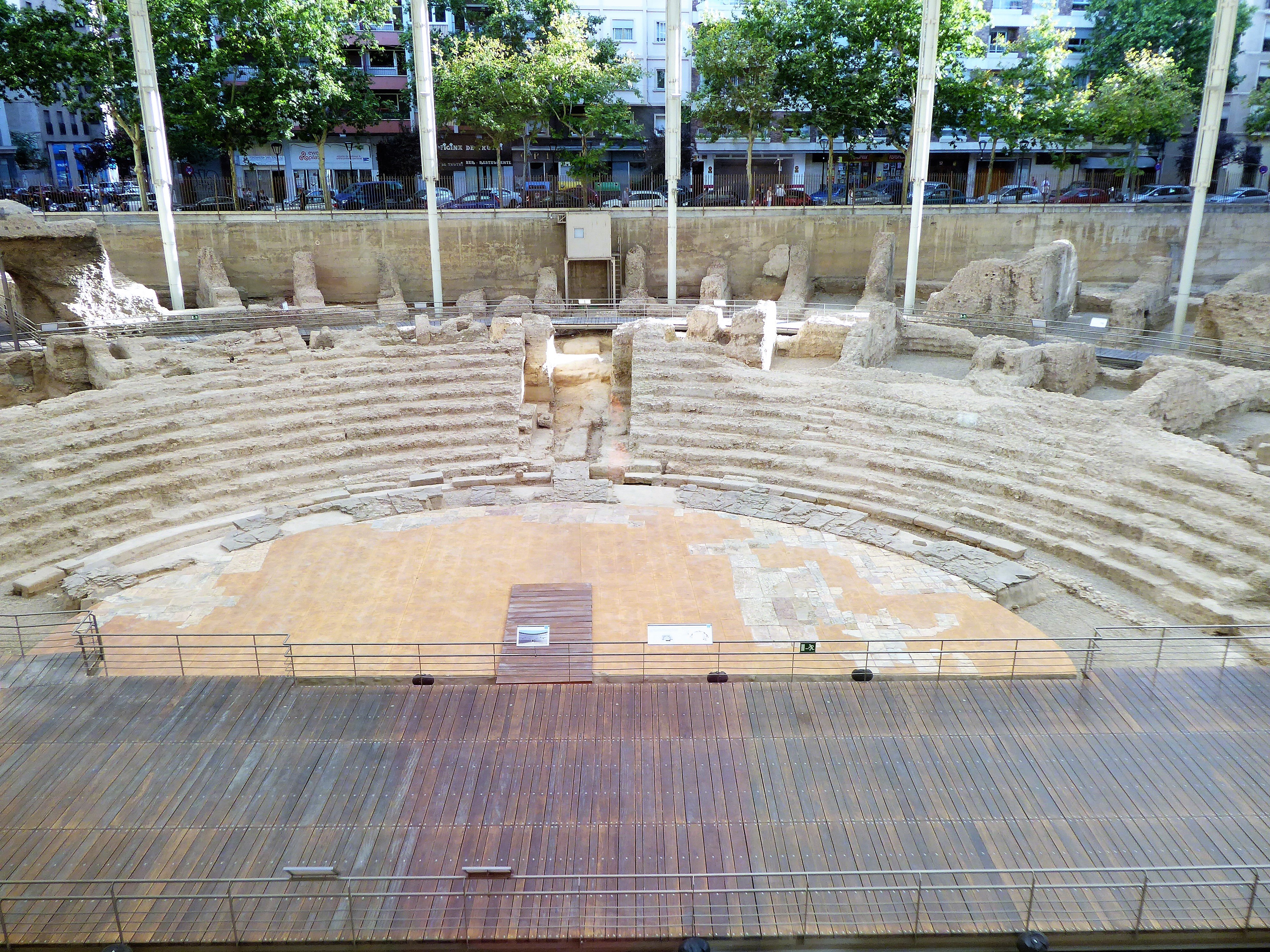
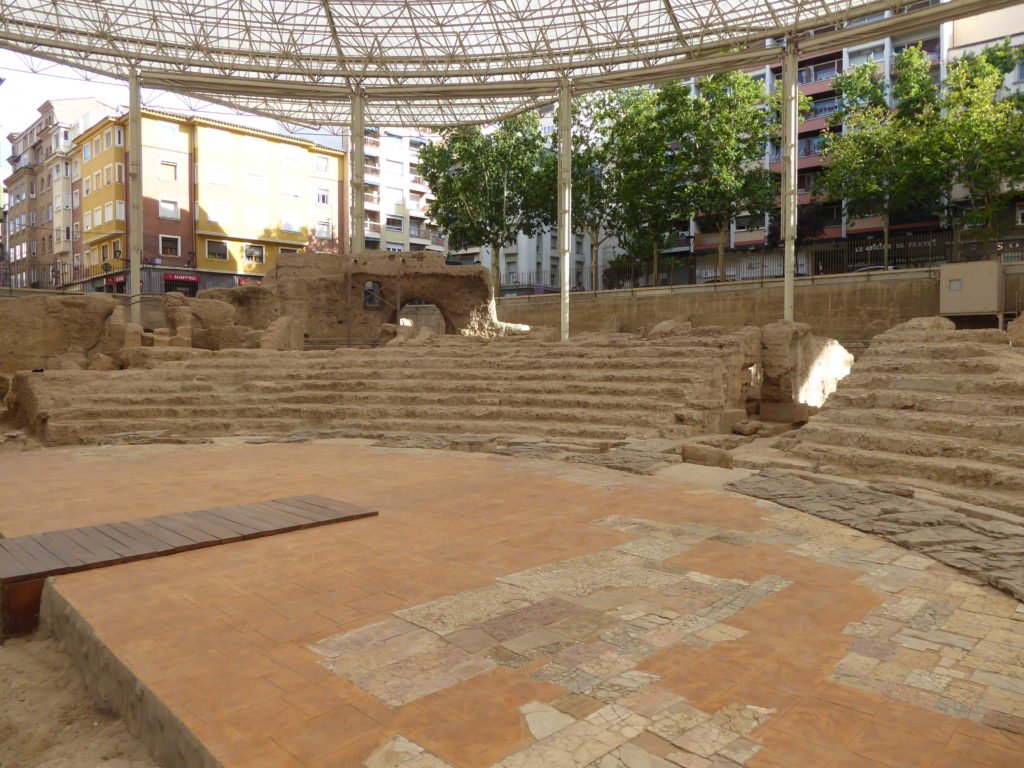
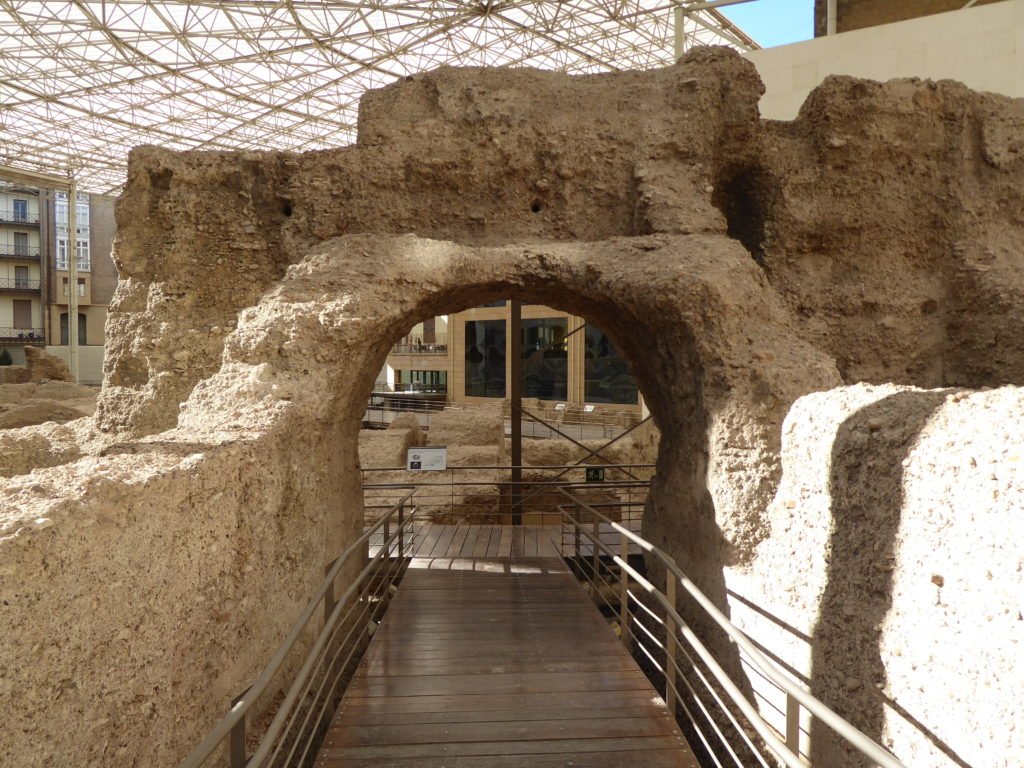
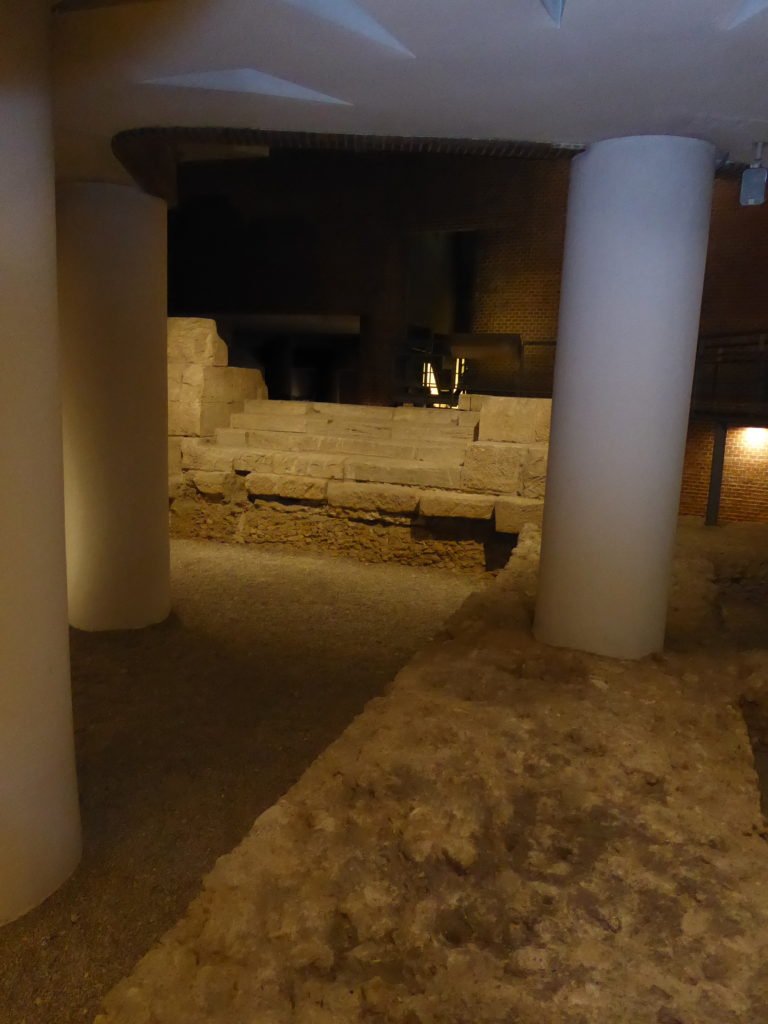
The Port
Only a very small fraction of a port remains but the museum has a great semi-interactive show which helps to get a better understanding of how the port functioned from the point of view of a trader. It’s only a small museum but worth a visit. Oddly, the museum and displays of what remains is under the Plaza del Pilar.
The Forum
Right at the end of Plaza del Pilar, towards the Bridge of Lions is the Forum Museum, as with the Port Museum the entrance is above ground but to get to the archaeology you’ve got to go down. It has some very well-preserved remains including a sewerage tunnel. Now sewerage doesn’t normally get me excited but the construction of the sewer is brilliant, high enough for me to walk upright easily and its in perfect condition. The foresight, over a thousand years ago and the engineering prowess could put some of today’s town and city planners to shame. There are also some lead pipes which was part of the water distribution system, sadly this was also one of the reason for many of their premature deaths, lead poisoning!

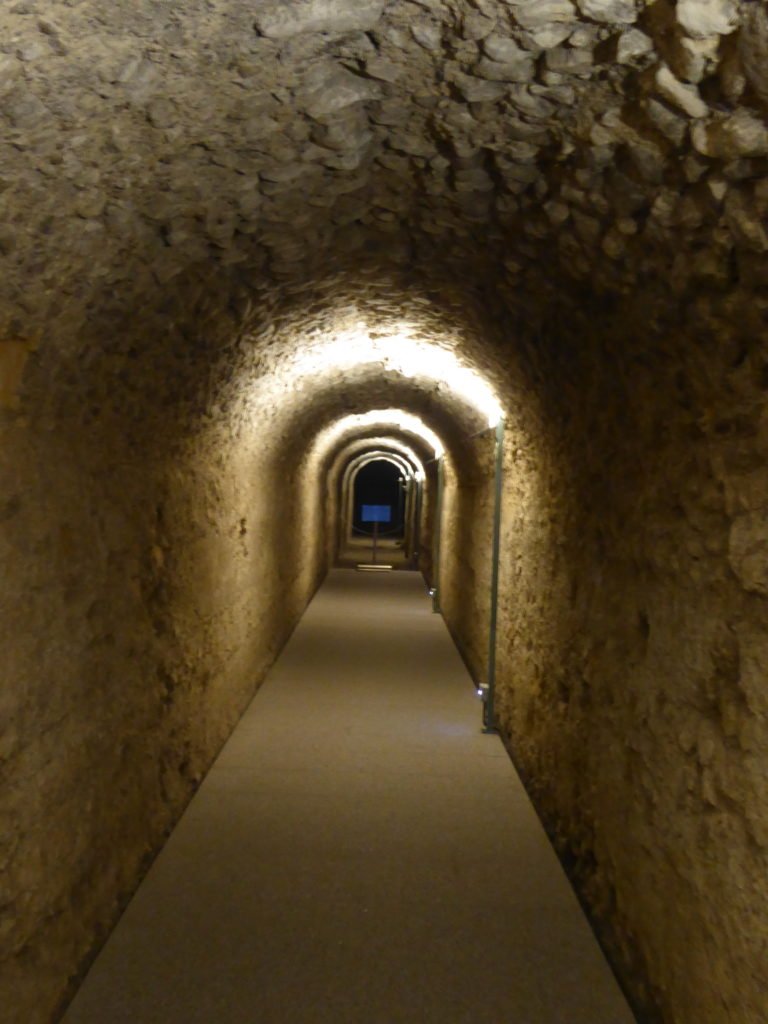
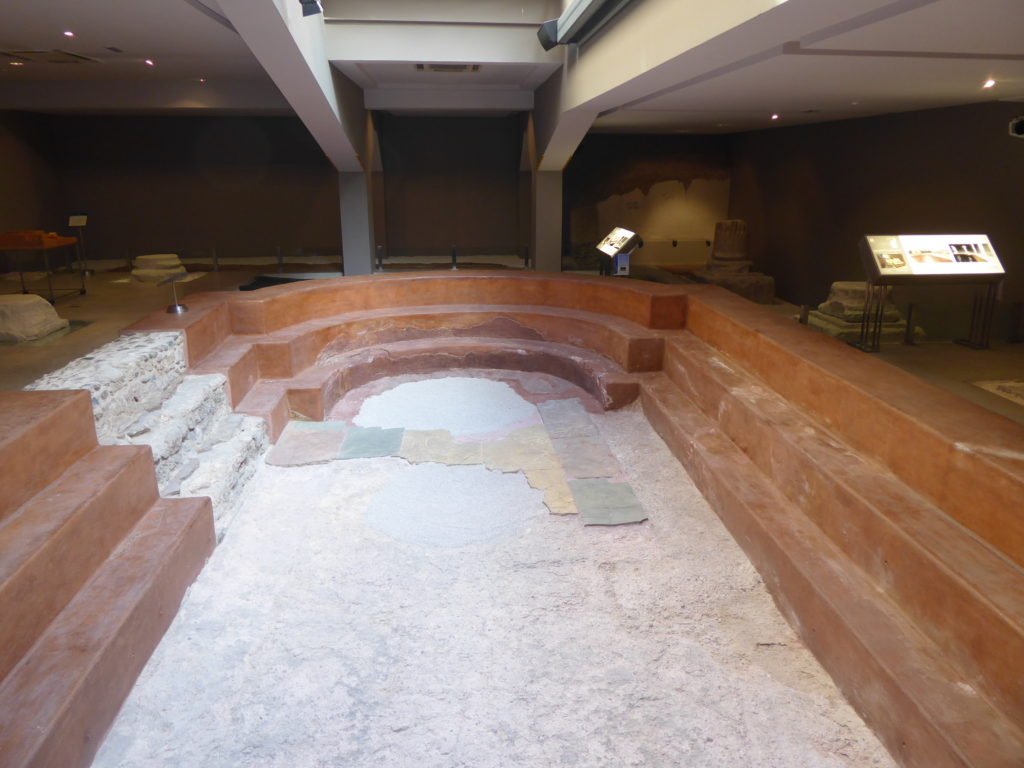
Public Baths
Like the port, only little remains of a portion of one of the Roman public baths, still interesting to see. It is always nice to see the splendour of the big theatres, buildings etc. but the remains of the normal people and there day-to-day lives gives an even great insight how they lived.
Catedral del Salvador / La Seo de Zaragoza / Cathedral of the Savior of Zaragoza
Just past the Forum Museum and what is the boundary of Plaza del Pilar is the eye-catching Cathedral of the Savior of Zaragoza with also serves as the entrance to the Tapestry Museum, I’ll come back to the latter later. The cathedral isn’t as huge as that of Cathedral Pilar (I’ll call it that for short) but just as spectacular inside, not to forget some of the outside too. It used to be a mosque, built in circa. 8th century and remodelled after the Spanish conquest in circa. 12th century. It used to play a prominent role in the Spanish (Aragonese – Aragon) Kingdom, from 1204 up until the 15th century, all Aragonese kings were crowned in this church, the last was in 1518. Again, as with cathedral Pilar, no photos! GRRRRRR! So stealthy Batnomad had to take some sneaky one’s! The alabaster centre altar piece is a work of marvel and ticked me off because I couldn’t get a decent picture of it.
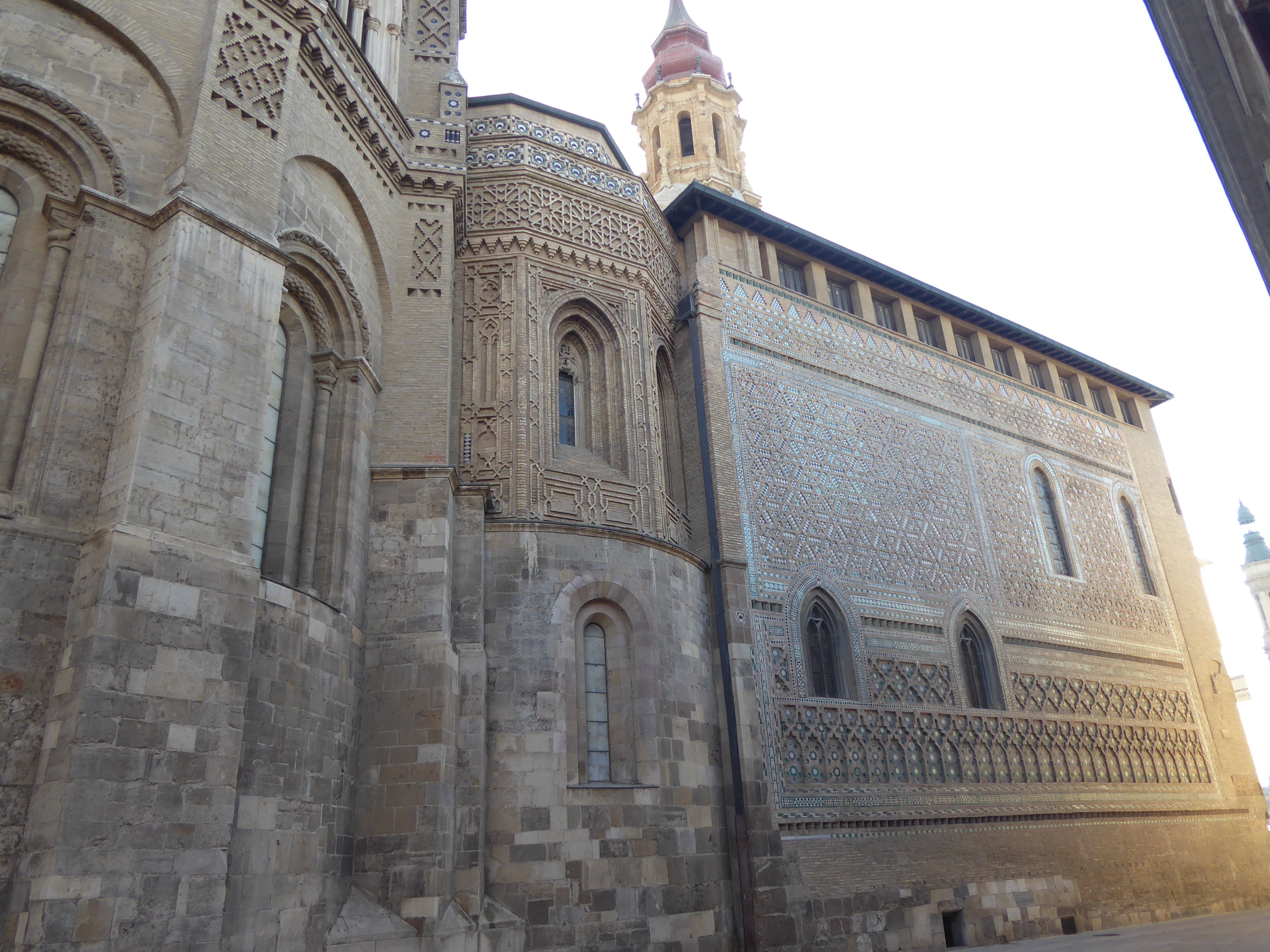
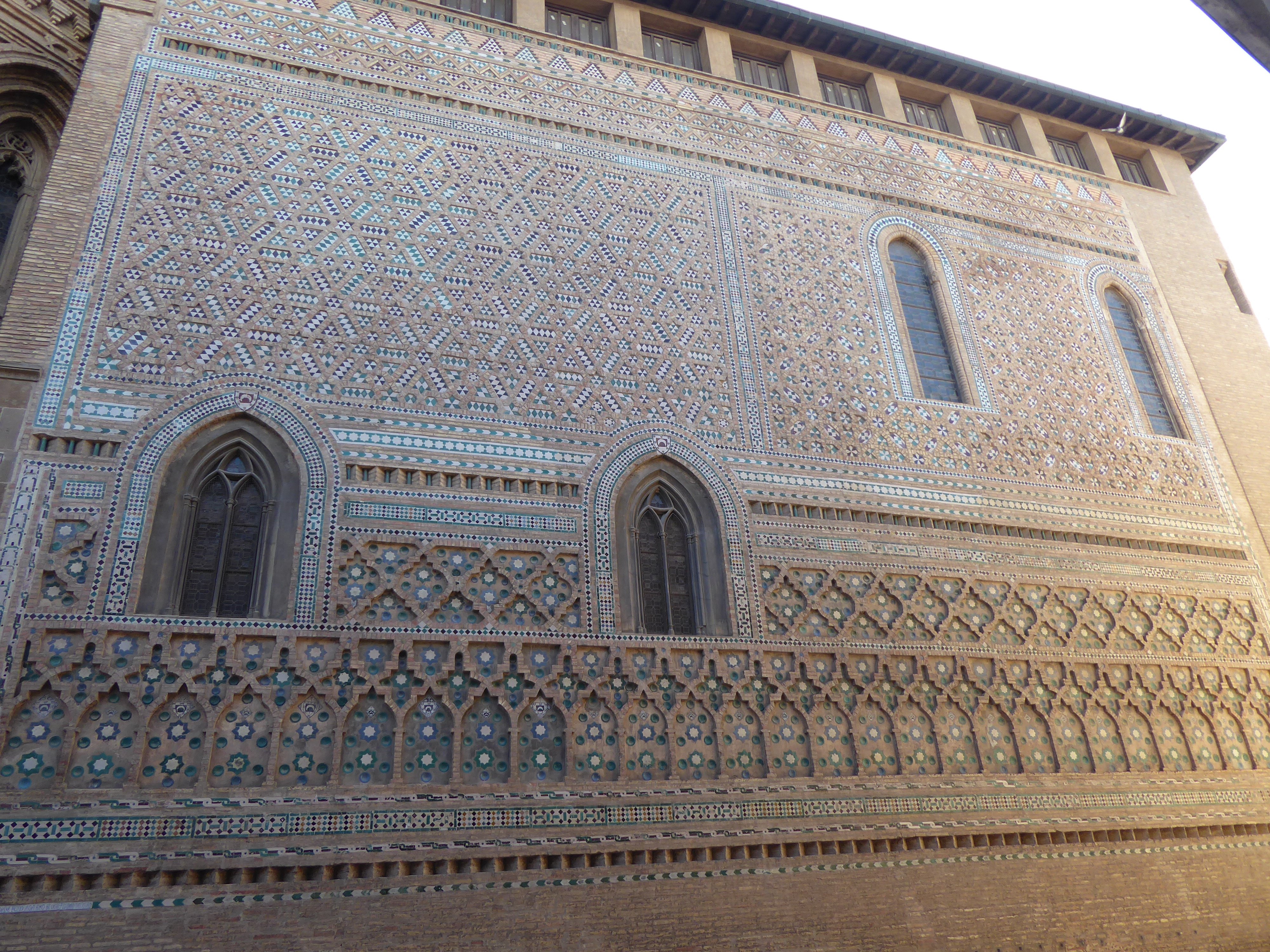

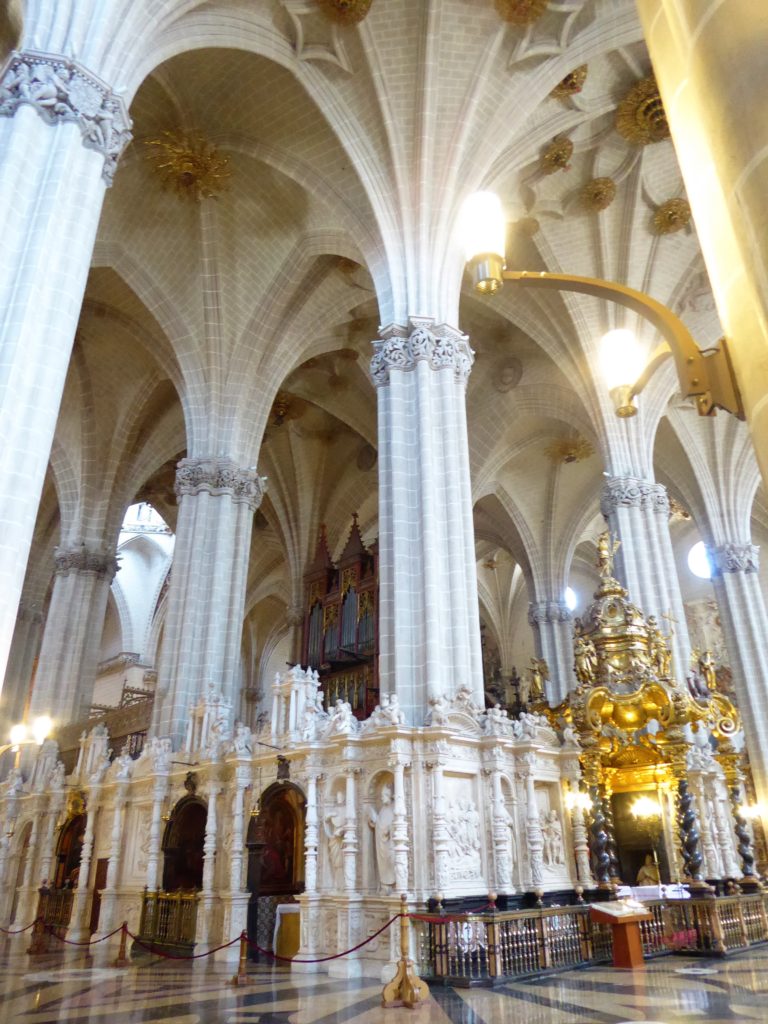
Tapestry Museum
If you’re going to go to the cathedral, which you must then you may as well go see the Tapestry Museum, it’s not very big. Not quite my cup of tea but even so they are worth seeing, considering most of them are between 600-400 years old they are in fantastic condition and the workmanship that went into them is extraordinary! There were security guards in each room so not even a cunning fox like me could sneak a photo!
Alma Mater Museum
Just to the side of the Cathedral of the Saviour of Zaragoza is the Alma Mater Museum, the exterior is very plain and I hesitated to go in having walked past it quite a few times, I’m glad decided to go. A very “polished” display and I mean that in a positive manner. Photos allowed, not flash! Woohoo! The museum takes you through the history of the city in a semi-interactive display e.g. as you walk into the first two rooms the lights dim and a video is projected onto the screen with full acting and in English. The displays are great but more so they’ve managed to succinctly and interestingly bring the city’s full history under one roof. Definitely a must see in my opinion.
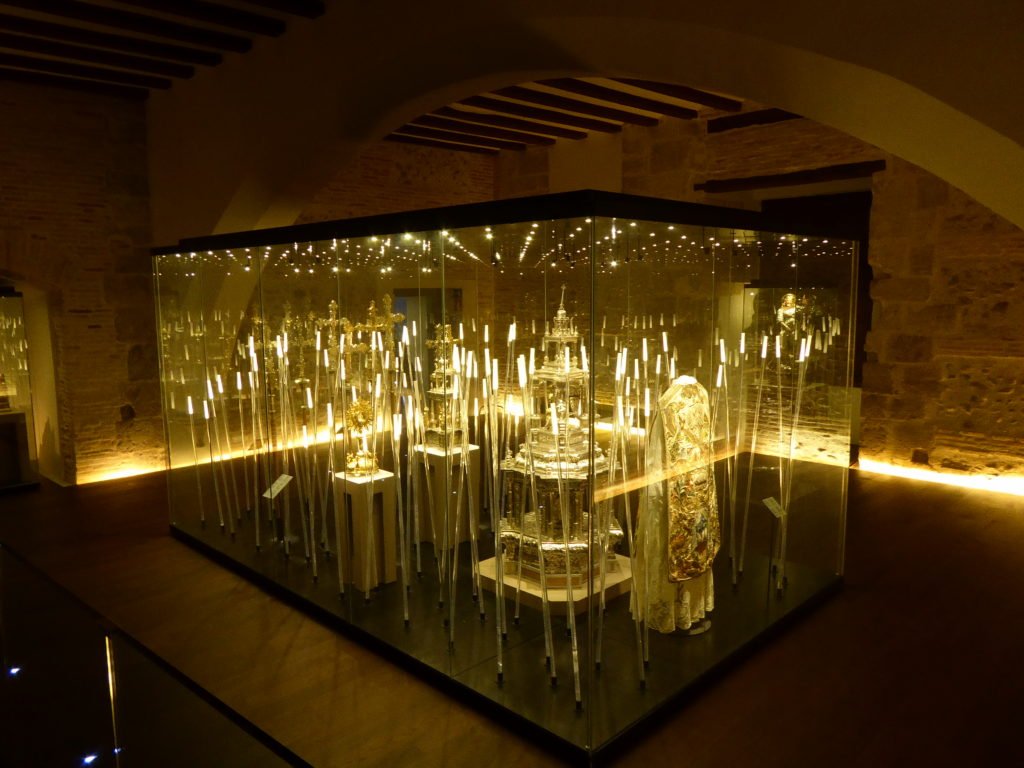
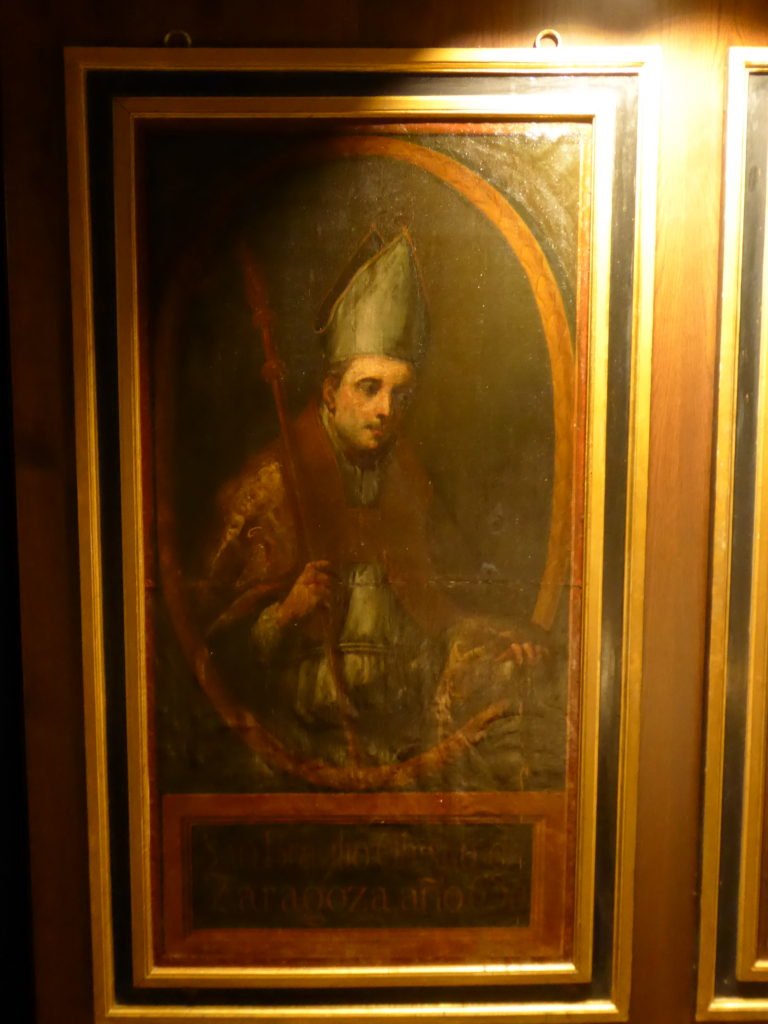

There are so many other things to see, do and eat in Zaragoza! The food is varied, but you need to go off into the side streets where there are loads of little restaurants. One of their signature dishes is milk fed lamb chops, delicious! The many restaurants selling croquettes with loads of different varieties I cannot tell you how many I tried, scrumptious!
The city is dotted with old landmarks like Puerta del Carmen/Gate of Carmen and the Plaza del Toro (bullfighting is band in Catalunya) and the many, many churches of which I found most of them closed, pity because if they are anything like the cathedrals they would be hiding beautiful interiors. I started writing this with the thought, “Zaragoza, why more people don’t visit who knows!?” but took the ? out at the end; now situated between Madrid and Barcelona hell those are tough acts to sit in between and I think most people just give it a glancing eye, so that’s why more people don’t visit….how wrong they are!
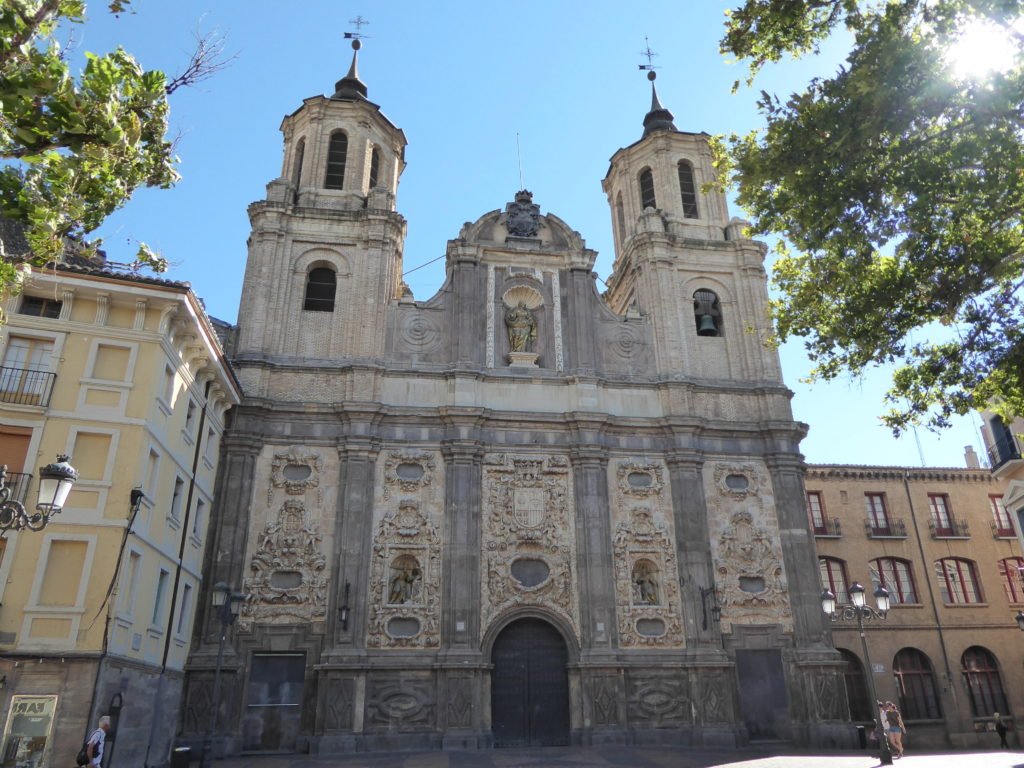

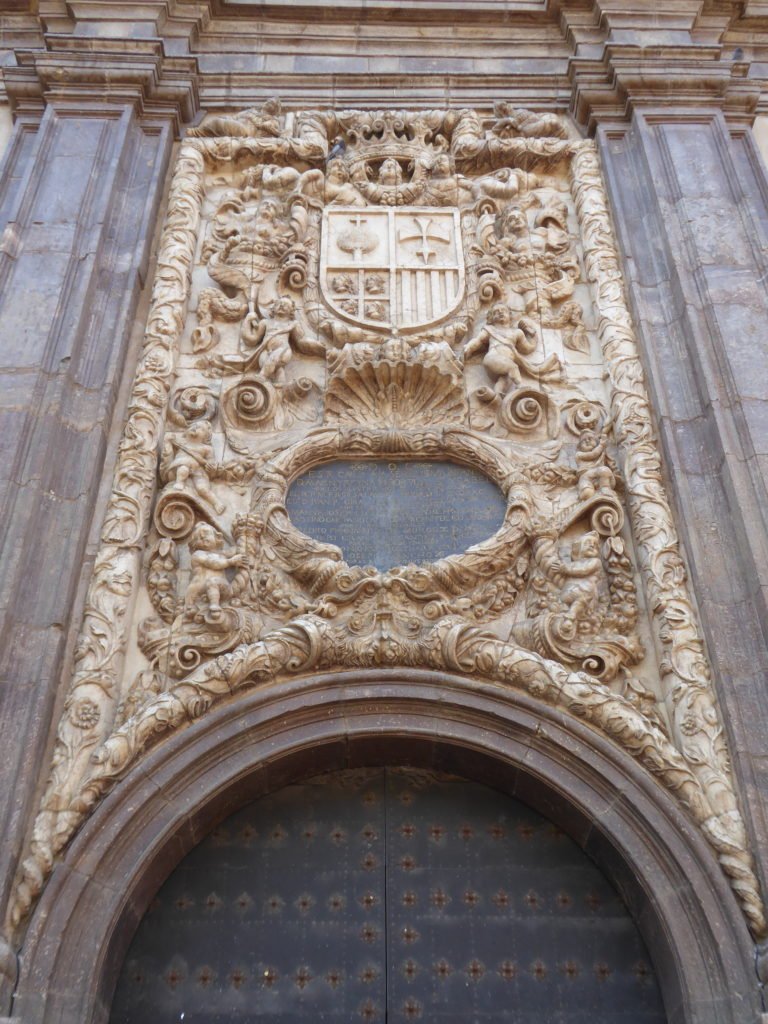

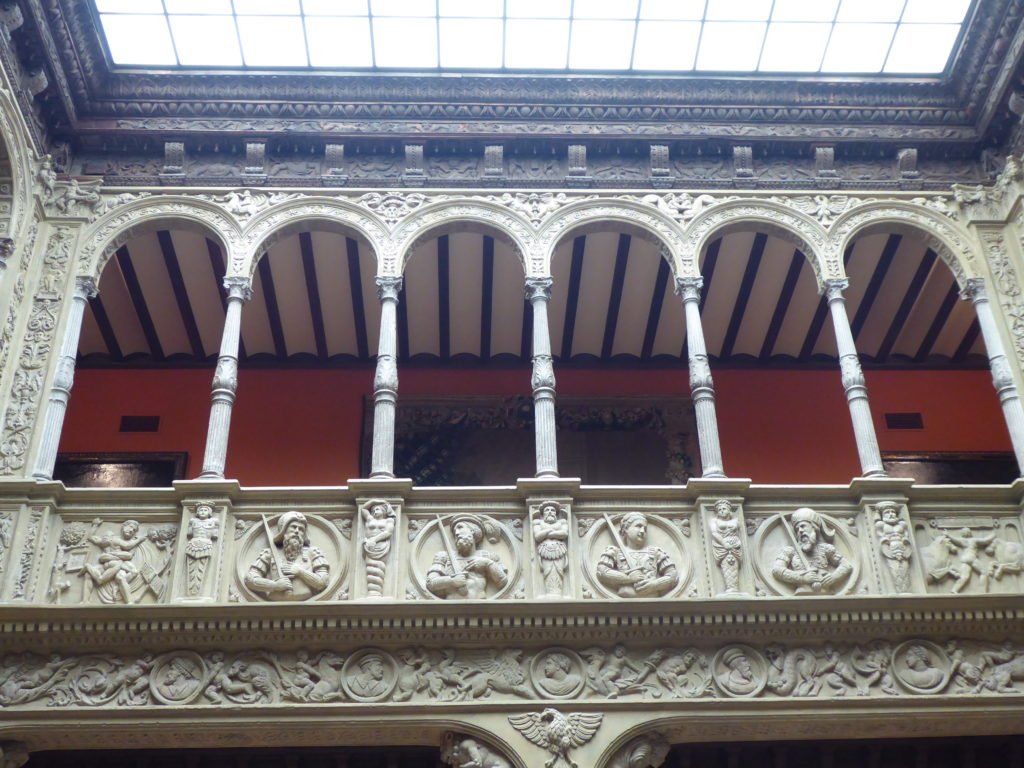
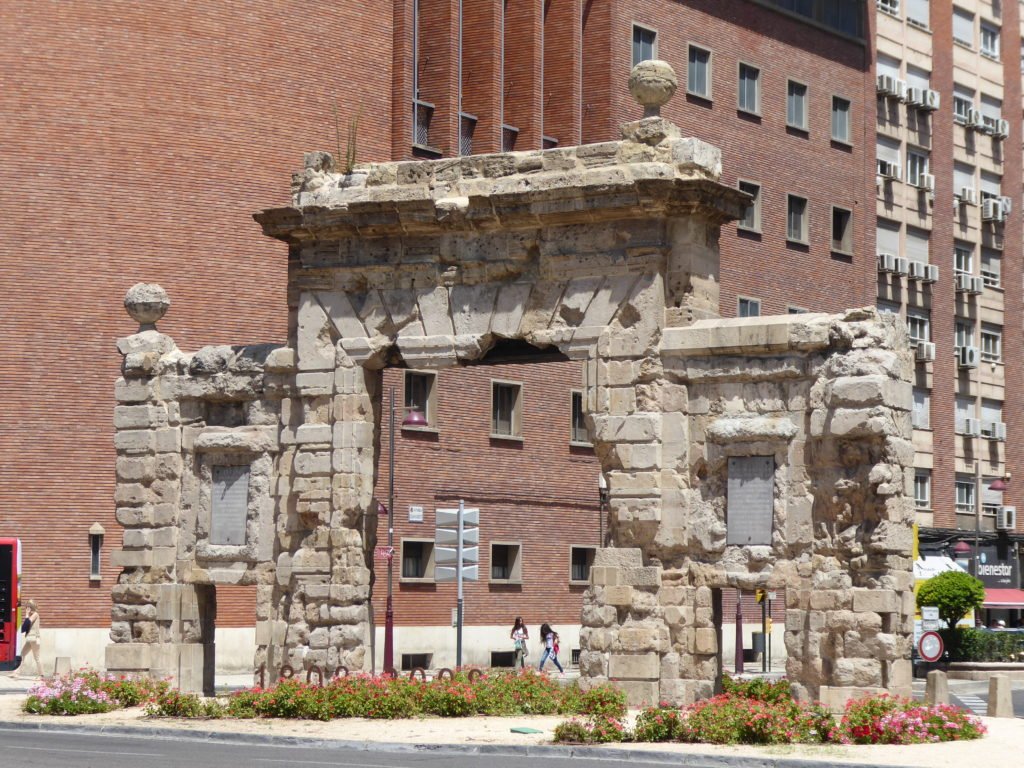

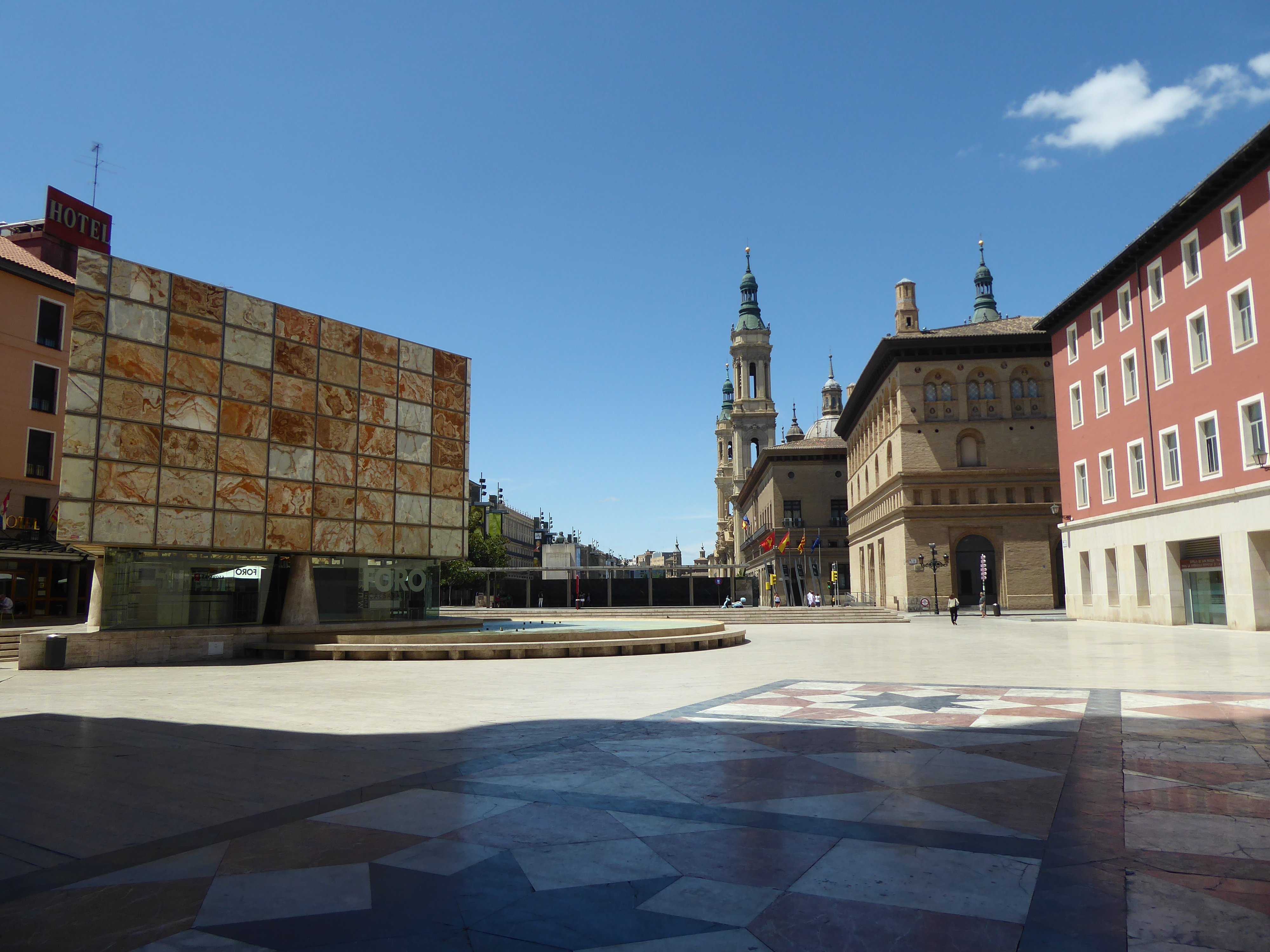

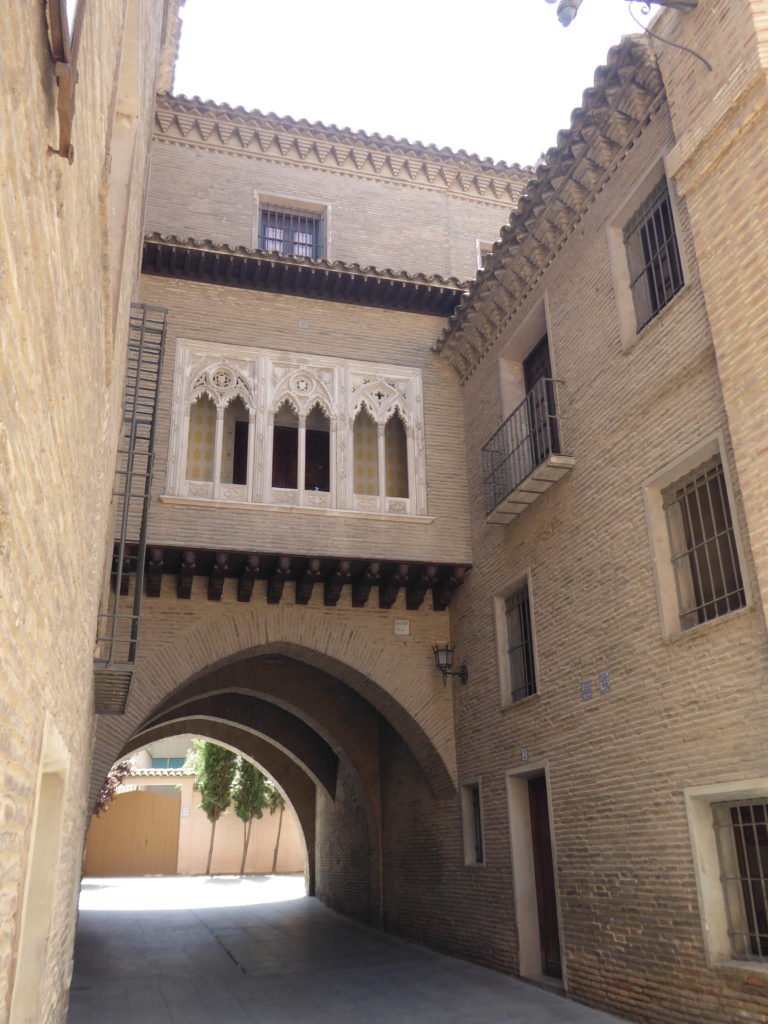
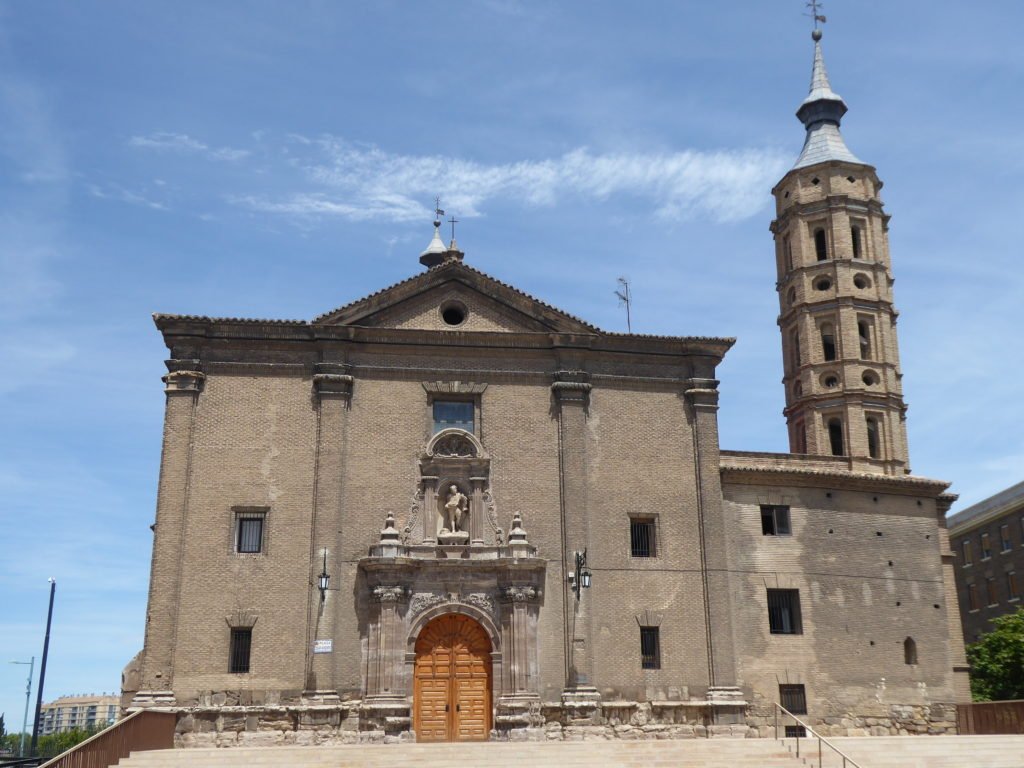

Beautiful photos. Amazing building, which seem to be well maintained.